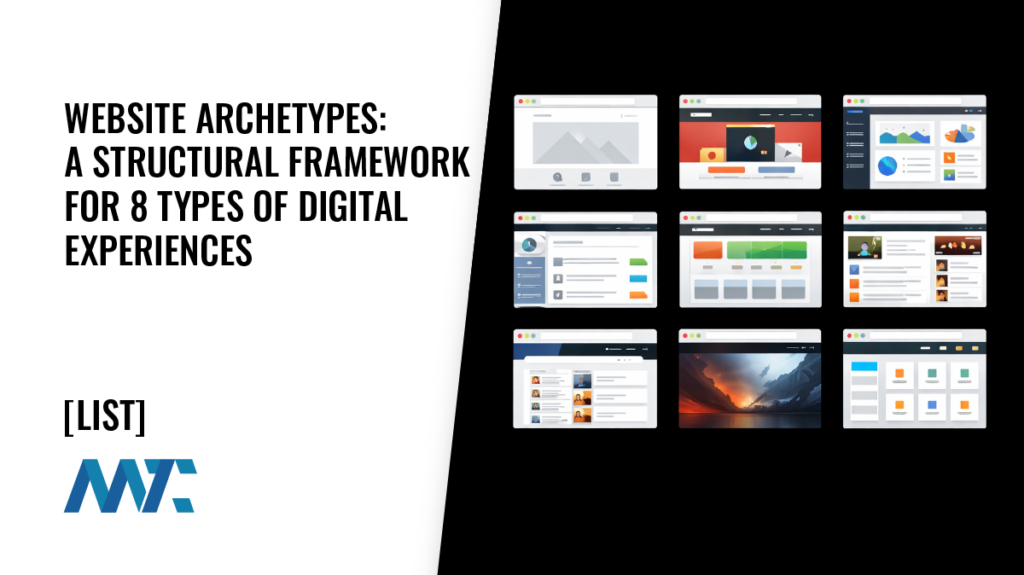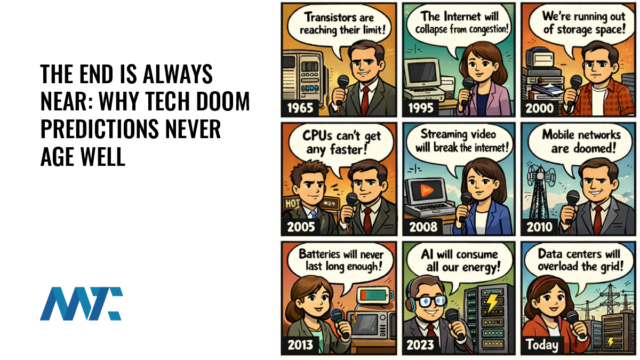7 Lessons For Retail In The Age of E-Commerce

E-commerce is taking over the retail industry by the minute. It’s making it all the more difficult to keep brick and mortar stores afloat.
For brick-and-mortar stores, it isn’t about stocking up inventory and managing accounts and sales. If you’re running a physical store, you need to move to the next level. Give the shoppers a compelling reason to come to your store.
1. Provide Experience, Not Just Products
There’s much more to a brick-and-mortar store than just having the physical products on sale. Give them an experience and a reason to come back to your store. That’s why more and more concept stores are getting traction and building a niche.
Away is one such concept store in Soho. Here you can shop for travel products. The store’s two opposite entrances feel like two shops flowing into one another.
Change For The Better
Your physical store can’t afford to look the same for years or even months. Shoppers are being offered a tremendous amount of spontaneous data online. Changing the look and feel of your store periodically can boost foot traffic and, ultimately, sales.
Work on the store’s design and layout, and the products you sell. A strategy similar to content calendars for digital marketing can benefit your physical store.
2. Bring People Together
Organizing events is another way to attract customers. Fitness classes, courses, workshops, book launches, and other interactive activities are excellent ways to stir interest.
3. Creative Teams Are A Must
To provide an experience and not just products takes creativity. Give higher importance to the creative and marketing team. Make sure that you have appealing content. Ensure it’s being harnessed to increase sales. This keeps your brand fresh.
Be Bold And Try New Stuff
Introducing new concepts and installing creative in-store articles are overhead. Take a calculated risk and make predictions on researched data.
4. Focus On Customer Relations
A unique aspect of brick-and-mortar stores is the advantage of meeting and influencing the customers directly. What a website struggles to do, with super creative graphics and persuasive writing, can be done with a pleasant smile and a helping hand at your store. Training your staff to make the shopping experience very friendly and cheerful for the customer can leverage your sales in a big way. Once you have repetitive customers, you can find their preferences and work accordingly.
5. Omnichannel Retail Does The Trick
E-commerce is getting more intense with cutthroat competition. It’s a tough market to compete in from giants like Amazon, eBay, and Alibaba.
Books and electronics are the favorites for online shoppers. E-commerce is at a stage where a singular approach doesn’t work. Omnichannel retail is the best approach for it.
Learn To Expand
Mobile shopping is the next trend in e-commerce. In 2016, it’s estimated that around 136 million users bought at least once from their mobile devices. This number is projected to reach 162.8 million by 2019. If you are an e-commerce retailer, get an app soon.
6. Use Your Advantages
Unlike a physical store, e-commerce isn’t restricted by floor space. So, take advantage of this business model’s dynamic and virtual nature.
The advent of data analytics is a boon to e-commerce, which does wonders for a business in many ways. Data Analytics could propel E-commerce retail in the following domains:
- Supply Chain Management: data for products starting from the warehouse to the customer.
- Merchant/Customer Fraud Detection: Some algorithms let merchants predict and avoid fraud.
- Merchant Analytics: Online retailers constantly need new avenues to expand. This comes in handy when setting the right price in comparison to the market value.
- Price Optimization: Implement price recommendations across multiple online retail platforms. This is done through an automated process that reacts to market and competitor movements with minimal human intervention. Companies like Intelligence Node have developed technology that uses big data related to competitive intelligence and price tracking with machine learning and artificial intelligence.
- Recommended Systems: Navigating the store in a virtual environment requires good architecture. Recommended Systems act as the blueprint for that.
- Product Specific Analytics: Finding patterns among buying and browsing habits is valuable for e-commerce to improve product catalogs and user experience.
- Online Marketing Analytics: This works on bidding for ads on Google. They lead optimization and increase the click-through rates and conversion rates.
7. Don’t Underestimate Word Of Mouth
Having your customers say good things about you to their friends is incredibly powerful. Ensure that you don’t underestimate it. Give customers a good experience and find ways to ensure you keep their opinions about you as positive as possible.
Influencers bloggers and affiliate marketing
Content marketing is the current trend in advertising. Expand your brand through content, or it can fall behind.
Using influencers and bloggers is a great way to reach your target audience. It grabs attention without sounding like a sales pitch. Affiliate marketing is another approach to spreading your influence online.
Social Media Marketing
An online presence is necessary to stay ahead in e-commerce. Companies now generate roughly $2.4 million every minute through e-commerce. Of that, more than $40,000 funnels in from Facebook, Twitter, and Pinterest.
Millennials are the top age demographic for online shopping. On social media, you should look and sound appealing to your target audience.
There are many methods you can follow for effective social media marketing. Find out what the options are and what works for you. That’s the best way to get your business flourishing.







